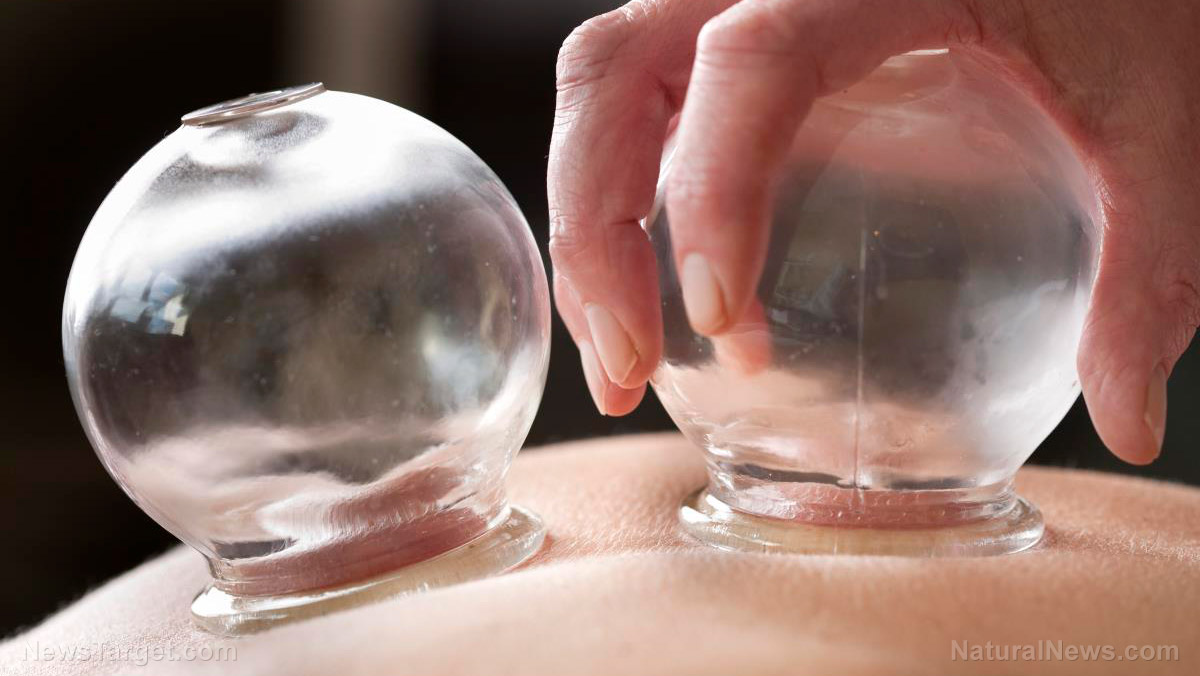Power of love: Cuddling babies ‘kangaroo style’ helps them develop better social skills, longevity
12/22/2016 / By Daniel Barker

New research has shown that small and premature babies who receive what is called “kangaroo mother care” tend to live longer and experience fewer social problems as they mature compared to those kept in an incubator.
Kangaroo-style mothering involves breastfeeding and holding an infant upright against the mother’s bare skin, an approach first documented in Colombia.
From The Guardian:
“The kangaroo method involves the baby nestling in a ‘kangaroo’ position on the caregiver’s chest as soon as possible after birth, accompanied by exclusive breastfeeding. Parent and child leave the hospital together as soon as possible after birth, after which there is rigorous monitoring of baby and mother for one year after the infant’s original due date (rather than the actual birth date).”
A newly released follow-up study was conducted by the same team of experts who first showed that the kangaroo method is safe.
The study, published December 12 in the journal Pediatrics, involved 441 of 716 Colombian children born prematurely between 1993 and 1996 who were randomly assigned either the kangaroo method or “standard handling” involving the use of an incubator.
Two decades later, benefits of kangaroo mother care still evident in subjects of study
Twenty years later, the researchers found that of the 441 subjects from the original study they were able to track down and re-enroll in the new phase of the research, the children who received kangaroo mother care (KMC) fared much better in the long run in terms of longevity, income and social integration.
From the report:
“The effects of KMC at 1 year on IQ and home environment were still present 20 years later in the most fragile individuals, and KMC parents were more protective and nurturing. …
“At 20 years, the young ex-kangaroo mother care participants, especially in the poorest families, had less aggressive drive and were less impulsive and hyperactive. They exhibited less antisocial behavior, which might be associated with separation from the mother at birth.”
The team suggested that practicing kangaroo mother care may encourage under-educated mothers to be more sensitive to a child’s needs, helping to make their situation more equivalent to that of mothers in “more favorable environments.”
In fact, the results of the study and the overall success of kangaroo mother care over the past couple of decades have led experts to the conclusion that the method can be used “in all settings,” not just in communities where standard pediatric care may be scarce or unavailable.
Even those living in developed nations who have access to modern healthcare may benefit from kangaroo mother care. Some parents who may be afraid that their prematurely-born children might be safer in an incubator could find the results of the study to be reassuring.
Kangaroo mother care ‘more than an alternative’ to incubator care
Pediatrics experts who support the concept say that kangaroo mother care can be considered “more than an alternative” to standard incubator care.
According to the World Health Organization (WHO), 20 million low birth weight babies are born every year across the globe, and the United States has one of the highest premature and low-weight birth rates in the world.
High-tech care for premature and low-weight babies is useful in many cases, but the WHO recommends utilizing both modern healthcare technology and the “simpler, low-tech approach” – and in poorer areas often only the latter.
The obvious conclusion that can be drawn from this research is something most of us already know: There’s no substitute for a mother’s love, and that love can only truly be expressed and received through intimate skin-to-skin contact and direct nurturing.
This type of close contact is beneficial not only for the child, but for the mother as well, as the study has indicated. High-tech medical care has its place, but it can never replace the crucial developmental stimuli that only a loving mother can provide.
Sources:
Tagged Under: kangaroo mother care, pediatrics, research




















